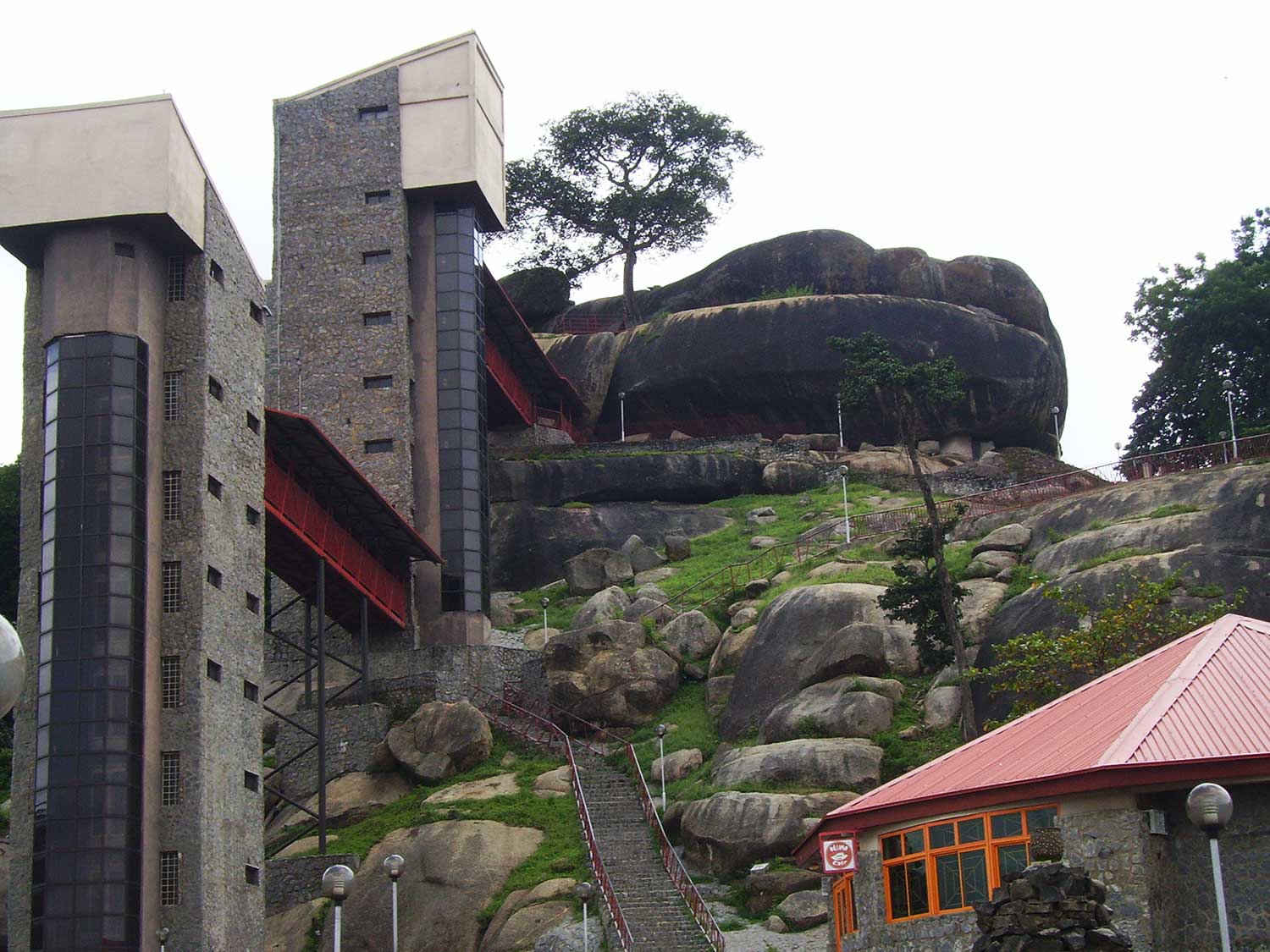The names Abeokuta and the Egba language are sometimes interchanged because the dialect of the indigenes of Abeokuta speak Egba.
The Egba people are a subgroup of the Yoruba people, a majority of whom are from Ogun Central Senatorial District which comprises six local government areas in Ogun: Abeokuta North, Abeokuta South, Ewekoro, Ifo, Obafemi Owode and Odeda local governments.
Abeokuta has different stories. From the use of Olumo Rock to hide to the planned invasion by the Dahomey army, the culture, the beliefs, and the fashion.
It is a historical dictionary you will be reading if you planned a study of Abeokuta. This piece is focused on things you can do and see if you visit Abeokuta.
Visit the Olumo Rock

This place has a history and, if you love adventure like mountaineering, you will love this one. It is the most famous landmark in Abeokuta and is a hill that served as a hiding place for the Egba people during the slave-taking expeditions of the Yoruba Civil War – and the town itself is named after it, as Abeokuta means ‘under the rock’.
Olumo Rock has man-made stairwells that make climbing the rock relatively easy, and along the way are shrines, usually tended to by women, dedicated to different gods. At the peak of the Rock, you have an aerial view of the whole town, lying in the valley, and of the Ogun River, snaking its way through the forests that surround the town.
The palace of Alake of Egba is historical

This is home to the traditional ruler of the Egba clan, whose title is Alake of Egbaland. A new palace was built behind the old palace, and so one first goes through the period of old mortar and bricks with its history, onto this modern period of advanced technology.
When the palace comes into view, the first things you notice are the two magnificent pillars that anchor the gate. They are decorated with the Alake’s emblem and a bar connects them together. Inscribed on the bar are the Yoruba words, “Aafin Alake Ti Ile Egba” which translates to “Alake of Egbaland Palace”.
Walking inside, one immediately sees the old palace. You will see its majesty and the awe it inspired in visitors of old. There are statues, busts and figurines adorning the compound, each telling its own tale. Asides the palaces, there is an ICT centre, a squash court, and an office for the Egba Traditional Council.
Explore the National Museum Abeokuta

The museum is a must-see for every visitor to Ogun. The museum houses artefacts that tell the ancient history of the town and its people. There are handicrafts and ancient weapons used by the early settlers of the town and its environs.
It also showcases the cultural heritage of the people in a way that is both eye-opening and educative.
Have you ever heard of the cloth material ‘Adire’?

There are several colourful markets in Abeokuta. The Kemta Adire Market focuses entirely on the production and sale of Adire (tie-dyed cloth that comes in different patterns and styles). There are other markets like the one in Itoku, the one at Osiele, and another at Kuto. But, the Adire Market stays the most historical.
Explore the whole town – Abeokuta

Abeokuta has rocks spread across, almost on every street. Some of them are placed in such sight-drawing ways that you will have to take pictures and wonder at the possibility of such an occurrence.
Houses have been built on some of those rocks, a state-owned reservoir stands on another, and religious institutions have also built their prayer houses on some of the rocks – talk about standing on solid ground.
Visit Abeokuta and thank us later.



Leave a reply